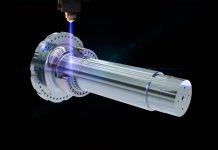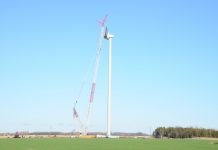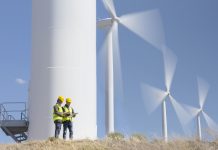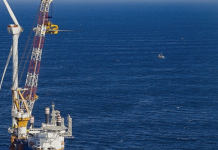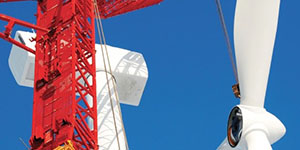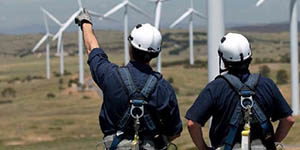Shoreline Wind has entered the onshore wind market with a full-scale planning, construction and O&M platform — unlocking an era of smarter, more resilient growth for global wind developers, operators, and service providers. With a proven offshore wind platform, powering some of the world’s most complex offshore projects, Shoreline now brings its simulation-first approach to the onshore wind market, supporting developers, operators, and service providers to design, build, and operate more cost-efficient and low-risk projects.

The onshore wind sector is moving beyond the initial “gold rush” era of rapid expansion. Developers now face a complex combination of rising turbine and financing costs, tighter margins, and critical skill shortages. Regulatory, environmental, and community-specific requirements also vary by region, often leading to fragmented planning and inefficient execution. At the same time, intermittent generation, curtailment risk, and grid access limitations are creating an added layer of uncertainty that conventional planning tools struggle to handle.
“We’re bringing the full power of Shoreline’s simulation and resource management capabilities to the onshore wind market to support onshore’s evolution,” said Ole-Erik Endrerud, founder and chief product officer (CPO) at Shoreline Wind. “In today’s low-margin environment, the sector can no longer rely on speed alone — it must build smarter, plan better, and operate with more efficiency and precision.”
Shoreline’s onshore market entry aims to unlock these gains — by bringing greater precision, visibility, and collaboration to every phase of the project lifecycle. Shoreline’s Platform is powered by its proprietary Artificial Intelligence software, Shoresim AI, capable of delivering detailed and adaptive work orders, real-time operational insights, sensitivity analyses, optimizations, and forecasts.
It also optimizes project-specific constraints such as crew and resource availability, modal logistics, and environmental permits, generating efficiencies and reductions in operational expenditure (OPEX). Multi-scenario evaluation tools provide transparency for decision-makers under regulatory and investor scrutiny. Portfolio-level resource planning ensures optimal use of teams and equipment across multiple concurrent projects.
Shoreline’s onshore technology is already being used by RENOVA, a leading Japanese developer. In Japan, Shoreline’s simulations helped mitigate tidal and transport challenges, while in the Philippines, it streamlined logistics for a remote and complex site, unlocking efficiencies before ground was broken.
These capabilities come at a critical inflection point. Changes to policy tailwinds such as the Inflation Reduction Act in the U.S., repowering initiatives in Germany and Central Europe, and rapid buildout in LATAM are underpinning the expansion of the onshore wind market but adding far greater execution risk.
“Digital tools that integrate development, construction, and operations are no longer optional in the onshore market,” Endrerud said. “They are essential to navigating a market shifting from a boom period to one of disciplined, resilient, and efficient performance. By simulating and optimizing each phase of development, from turbine delivery logistics to repowering upgrades, we’re excited to start helping onshore developers and operators safeguard budgets and respond dynamically to complex changes in the market.”
More info www.shorelinewind.com




